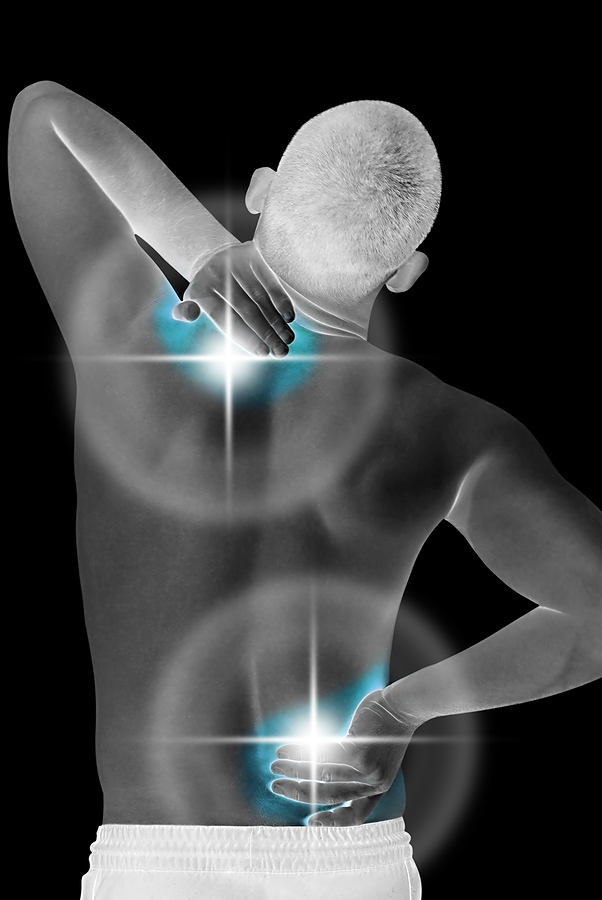Drugs Targeting ‘Zombie Cells’ May Reduce Low Back Pain
/By Pat Anson
Low back pain is one of the most common and difficult pain conditions to treat. Although it’s the leading cause of disability worldwide, a recent study found that only about 10% of pharmaceutical and non-surgical therapies for low back pain provide relief. More invasive treatments, such as spinal injections and nerve blocks, have also been found to be no more effective than a placebo.
In short, there’s not much evidence to support the use of many treatments commonly used for low back pain -- which makes a preclinical study on two potential treatments all the more interesting.
Low back pain is commonly caused by senescent cells, so-called “zombie cells” that build up in spinal discs as people age or when discs are damaged. Instead of dying off like normal cells, these aging cells linger in the spine, causing pain and inflammation.
In experiments on laboratory mice, researchers at McGill University found that two drugs – o-vanillin and RG-7112 -- can clear zombie cells from the spine, reduce pain and improve bone quality. O-vanillin is a natural compound, while RG-7112 is an FDA-approved cancer drug that shrinks tumors.
“Our findings are exciting because it suggests we might be able to treat back pain in a completely new way, by removing the cells driving the problem, not just masking the pain,” said senior author Lisbet Haglund, PhD, a Professor in McGill’s Department of Surgery and Co-director of the Orthopaedic Research Laboratory at Montreal General Hospital.
Haglund and her colleagues found that o-vanillin and RG-7112 had a beneficial effect when taken separately, but their impact was greatest when they were taken together orally. After just eight weeks of treatment, the drugs slowed or even reversed disc damage in mice.
“We were surprised that an oral treatment could reach the spinal discs, which are hard to access and present a major hurdle in treating back pain,” said Haglund. “The big question now is whether these drugs can have the same effect in humans.”
O-vanillin belongs to a family of spicy and pungent natural compounds known as vanilloids, which are found in chili peppers and turmeric. Vanilloids are already used to control inflammation and reduce pain in topical patches like Qutenza.
O-vanillin was not originally intended to be part of the McGill study. But while testing other drugs, researchers decided to include o-vanillin to see whether it might be effective when taken orally. The results offer some of the first evidence that o-vanillin can clear out zombie cells. Analogs of RG-7112 were already known to do this in osteoarthritis and cancer research, but had not previously been used to treat back pain.
The McGill findings are published in the journal Science Advances. In future studies, Haglund’s team hopes to modify o-vanillin to help it stay in the body longer and become more effective. In addition to back pain, they believe the two drugs have the potential to treat other age-related diseases driven by senescent cells, such as arthritis and osteoporosis.










